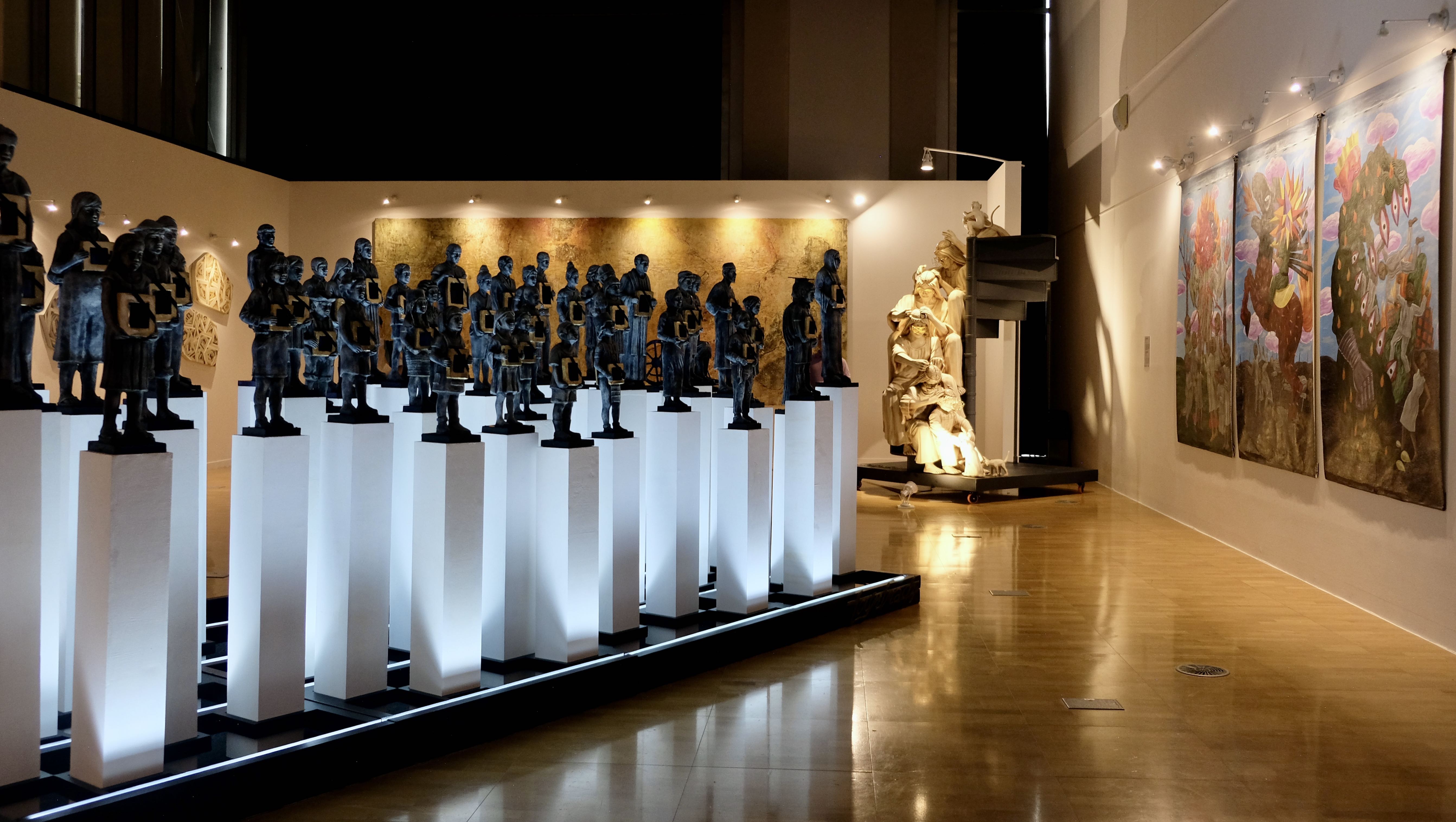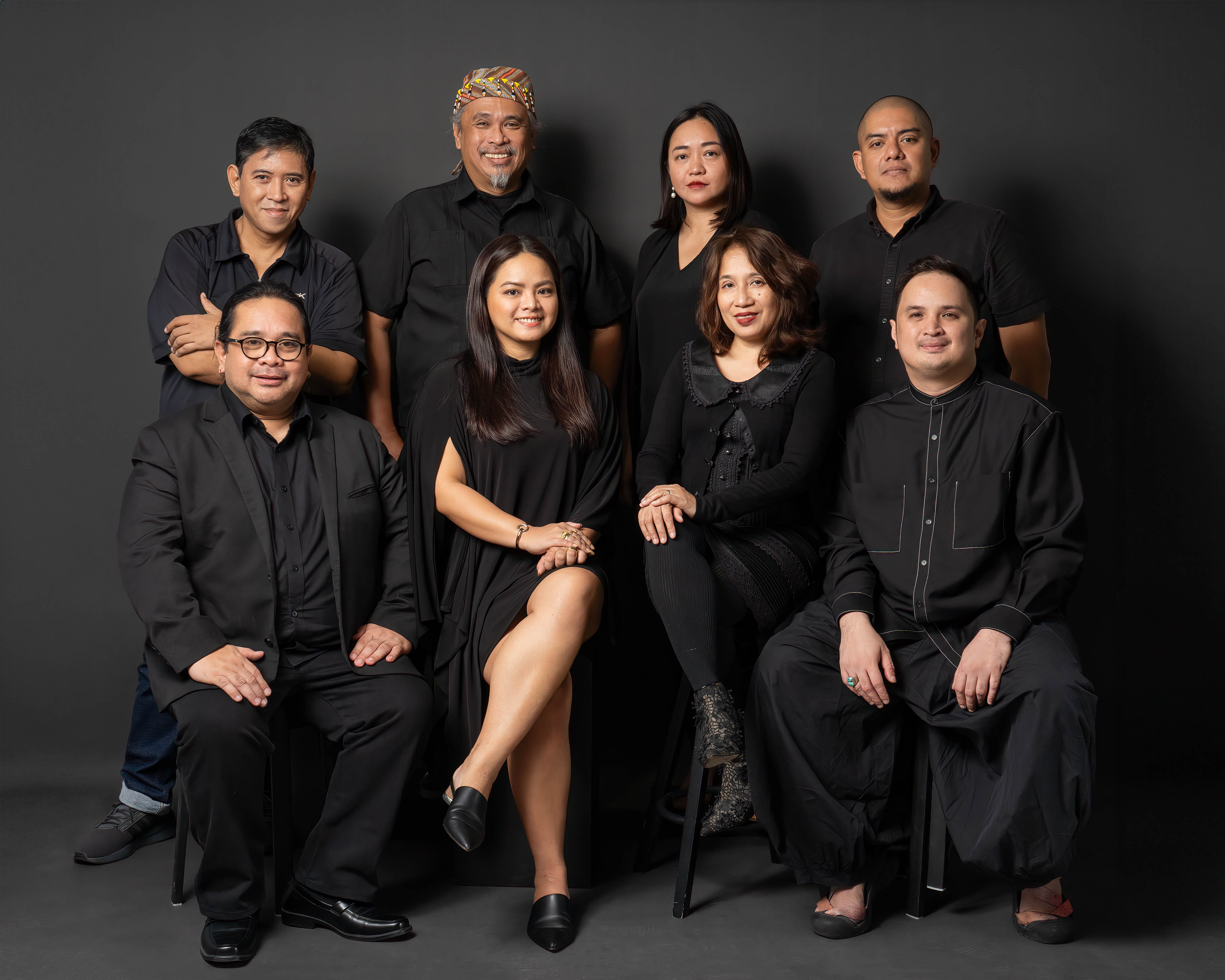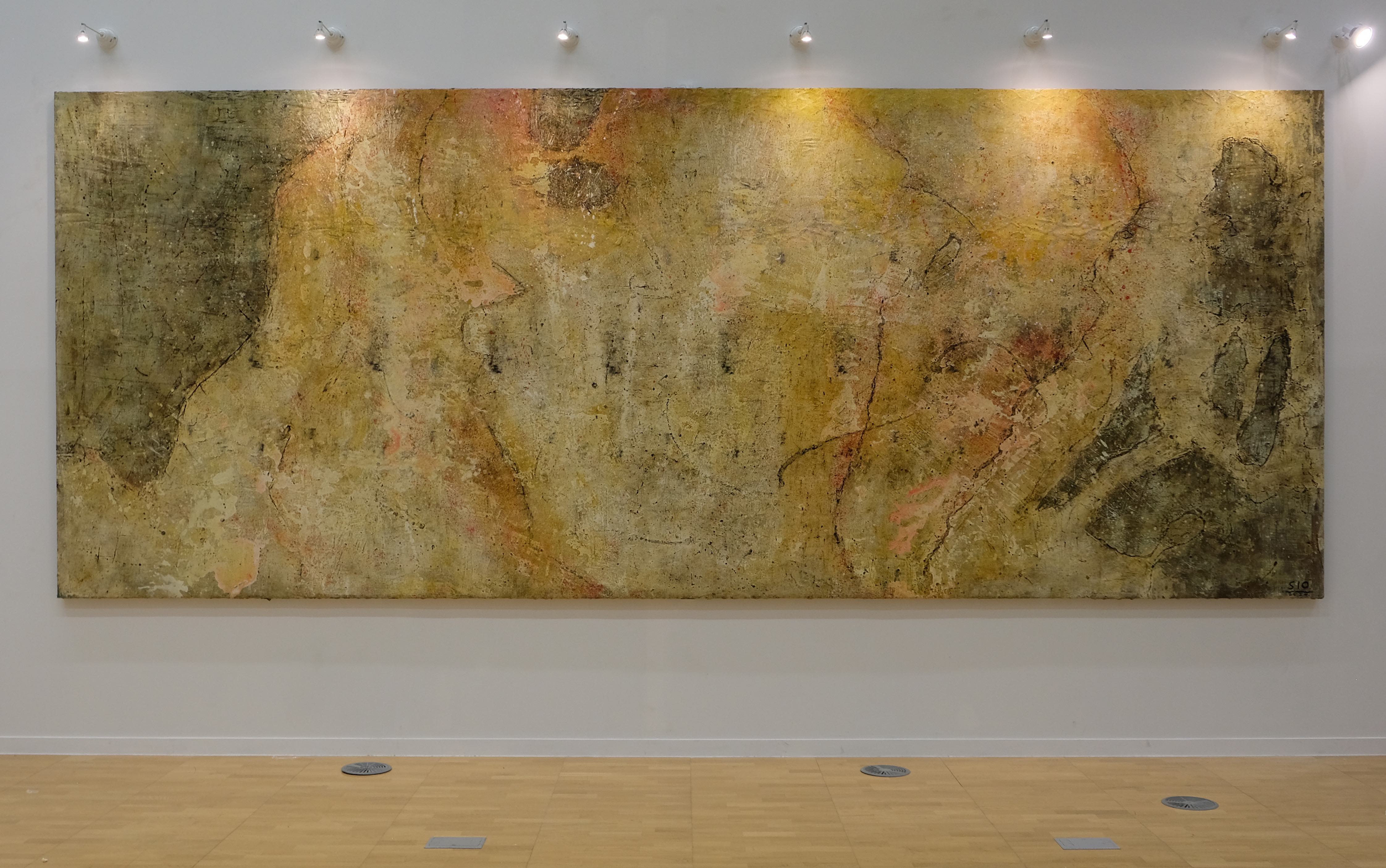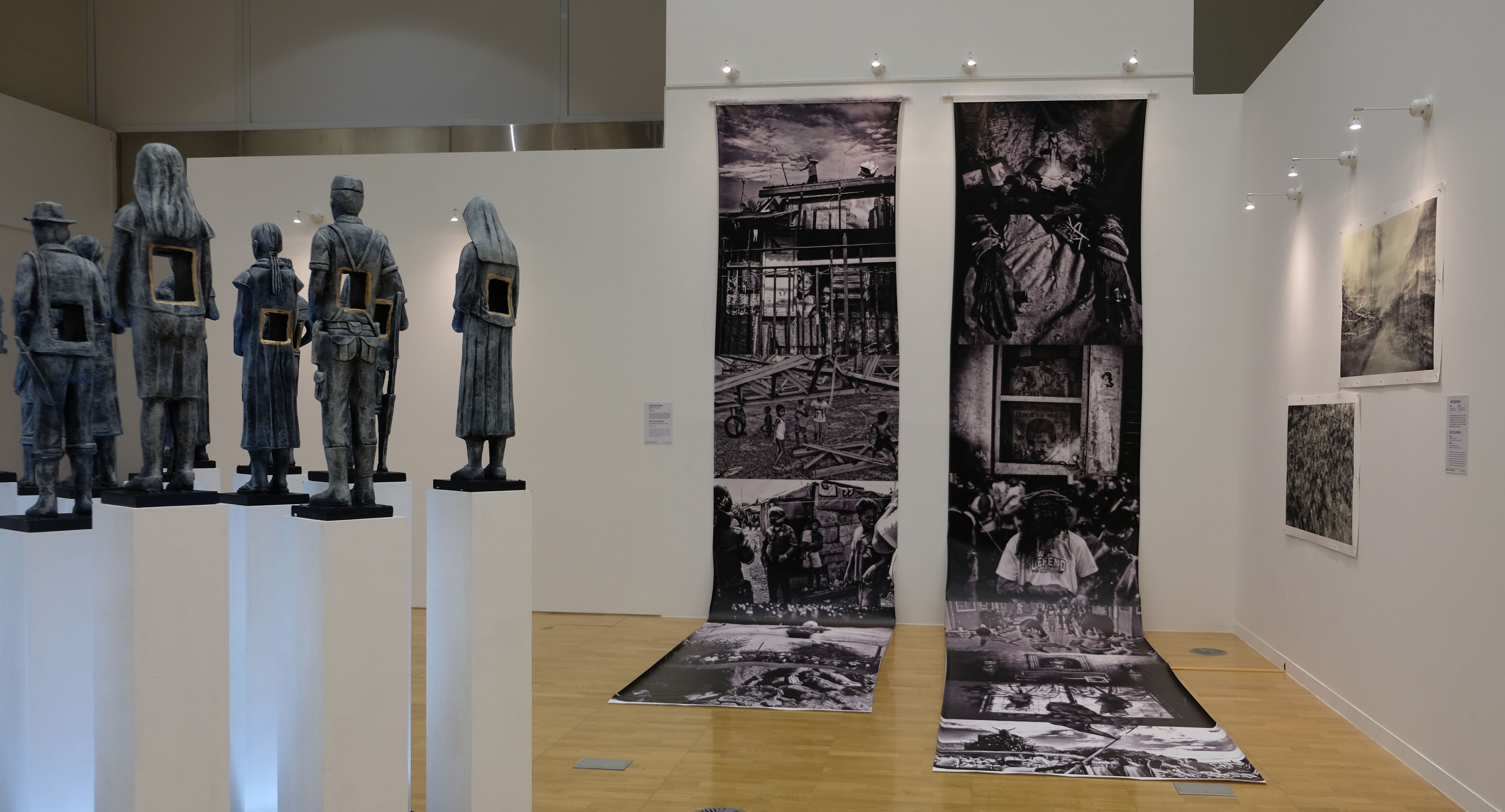Located south of South Korea’s capital Seoul, the metropolitan city of Gwangju has an arguably revolutionary history.
One facet of modern Korean identity hinges on a historical resistance against colonialism peaking in the last 200 years, starting with invasions in antiquity from China, Japan, and Mongolian tribes all the way to Imperial Japan’s brutal occupation in the first half of the 20th century.
In 1929, under Imperial Japanese occupation, this push towards self-determination further solidified when Korean students in Gwangju confronted Japanese counterparts who were bullying them. This initial altercation ignited a wider independence movement extending beyond the city borders. Today, Korean historians across the 38th Parallel agree that the 1929 riots were pivotal to the nation’s history.
Once foreign oppressors were ejected, the push towards true democracy did not end amidst Korea’s partitioning into North and South which foreign powers tried (and continue to try) to influence. In 1980, after peaceful protests were met with force, the Gwangju Uprising took place, against a new dictator who replaced a previous dictator.
A United Nations Human Rights Office report states that Gwangju residents themselves take pride in their “democracy city” and “human rights city,” whose pro-citizen statutes have become the model for other Korean cities. Meanwhile, Human Rights Osaka notes how “Gwangju [is] a symbol for democracy in Korea and Asia.” Historically, Gwangju has elected progressive politicians.
Given all these, small wonder then that the metropolis’s cultural workers have slanted their Biennale, one of the biggest not just in the Asia-Pacific region, towards progressive themes and works.
A window presents itself
For the longest time, artist-curator Avie Felix, together with artist-friends “who have this deep, deep love for the country,” has had on-and-off discussions about how art can be a form of revolutionary praxis, and they’ve since tried to mount shows with such themes with varying degrees of success.
In a July 2024 press briefing for the Philippine Pavilion in the 15th Gwangju Biennale, Felix shared how difficult it was to get said shows into more commercial art fairs, some of them the biggest in the Philippines.
The same briefing then touched on the difference between an art fair and a biennale, the general consensus being that the thrust of such a project was between that of a museum (educational) and gallery (commercial).
When Gwangju Biennale Director Du-sun Choi approached Felix and Dennis Sio Montera in November 2023 to propose Filipino artists’ participation, Felix knew that the time had finally come. Montera, together with the six other participating artists (Veejay Villafranca, Adjani Arumpac, Toym Imao, Sari Dalena, Karl Castro, and Paul Eric Roca) in the first-ever Philippine Pavilion of the Gwangju Biennale, were all part of the patriotic artist-friends mentioned earlier by Felix.
In the above press briefing, Felix further expounded that “curating for a commercial art space for 13 years now … I [often] ask questions like: How different is a biennale from an art fair? From a festival? [Gwangju City] wanted to honor Biennales as a site of resistance. So when we said yes to the project, that was the impulse.”
As Montera and Felix are part of the National Commission for Culture and the Arts, they knew they had to source private funding for the Philippine Pavilion given the conflict-of-interest between their position as civil servants and private art practitioners.
As such, one of their good friends (and Felix’s former student), designer Karl Castro, also made a line of artworks whose proceeds went to supporting the Pavilion’s expenses—from transportation, mounting, and maintenance for the exhibition’s 3-month-long run beginning last September 5 until December 1, 2024. Additionally, the artists also made prints, for sale at Fundacion Sanso, to secure more funding for the above needs.
The Philippine Pavilion’s group exhibition, titled Locations of Freedom, consists of works across different mediums and presentation styles. Included here is a video installation, a series of sculptures, photo exhibits, and traditionally-produced paintings. Across all these, the unifying theme lies in a dialogue between the Philippines’, Korea’s, and Asia’s experiences with democracy and resistance to both foreign and internal oppression.
Freedom can be located in both the explicit and implicit. From the lenses of working class Filipinos as mediated by Villafranca to the role women played in the Philippines’ resistance movements as depicted by Dalena’s continuing series on guerrera. It is also found in attempts at relocating history despite repeated lies, as in Imao’s wry sculptures depicting seemingly mundane scenes of grandparents delousing (“de-lies-ing”) children.
Meditating on contemporary issues can maintain civic vigilance. We see this in Sio’s abstract paintings inspired by a tranquil Cebu seascape currently threatened by geopolitical tensions, or in Arumpac’s critique on the post-war neglect in Marawi’s rebuilding after the media focus waned following the 2017 battle.
Shared histories and contributions
Given the participation of fellow Asian nations, Imao comments on the parallels between the Philippine struggle for democracy and that of her neighbors’. “We have [had] our fair share of dictators. There’s a lot we share [from] being colonized, marginalized, [and] being occupied. There are a lot of similarities in the tales of survival [among] individual countries.”
He adds that “Koreans and Filipinos share a very good friendship. During the Korean War, our Expeditionary Forces were sent,” and held the hills overlooking Seoul as United Nations forces retreated from a Chinese onslaught, “so the Koreans hold us in high regard for aiding them in a time of crisis.”
After the war, Filipino engineers contributed to South Korea’s rebuilding, passing on both civil and naval engineering knowledge. A number of major buildings in Seoul such as stadiums were actually built by said engineers.
Remembrance and maintaining the spirit of revolution through cultural evolution has been Felix’s long-term curatorial directive. Here he emphasizes allowing the artists freedom to execute their work in whatever way they want to, clarifying that the message was more important than the presentation.
Felix cites her own personal experience as someone born a few years before the 1986 EDSA Revolution, which toppled the dictator Ferdinand Marcos.
Despite being a child then, she feels that today, many of the social ills that led to the uprising remain as lived realities, not mere theories. These are visceral experiences felt especially by marginalized people, further questioning if the mental stress we feel doesn’t actually result from the outcomes of politics and policy.
Interestingly, Taiwan ousted their dictator in 1987, and South Korea in 1988 restored their democracy after a series of autocrats. Where have we gone since then?
Medical anthropologist and mountaineer Gideon Lasco in his book The Philippines is Not a Small Country (2020) has a section about the Philippines’ place in the world.
The essays in said book have an overarching theme, one which resonates with the dreams of Felix and the Filipino artists in Locations of Freedom: despite our problems, we shouldn’t think too little of ourselves, that democracy is not a static system taken for granted, but something that needs to be guarded vigilantly, made by the collective “small” decisions of all citizens, not just of a country, but the world.
The donation drive drive for the pavilion is ongoing. Support our pavilion at https://fundacionsanso.shop/collections/locations-of-freedom
Images courtesy of vMeme Contemporary.




